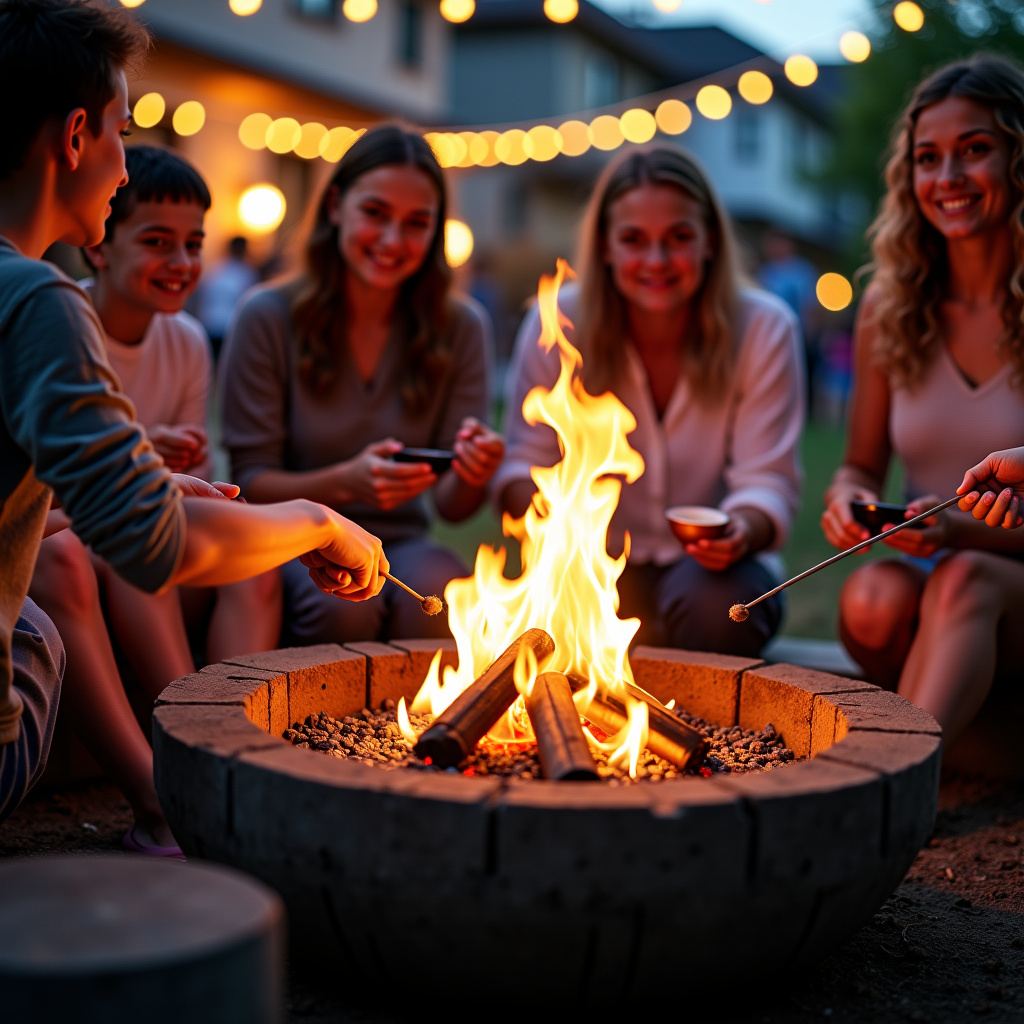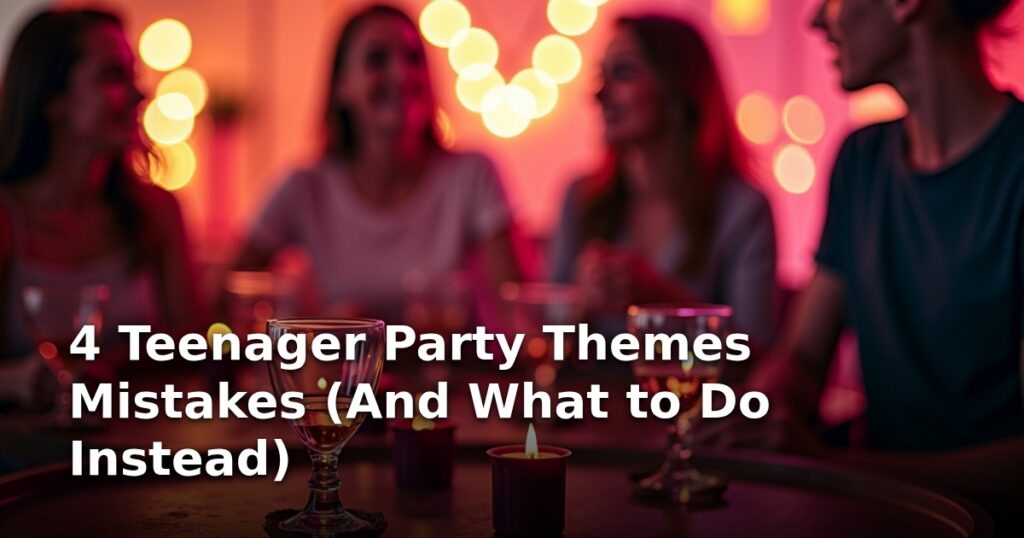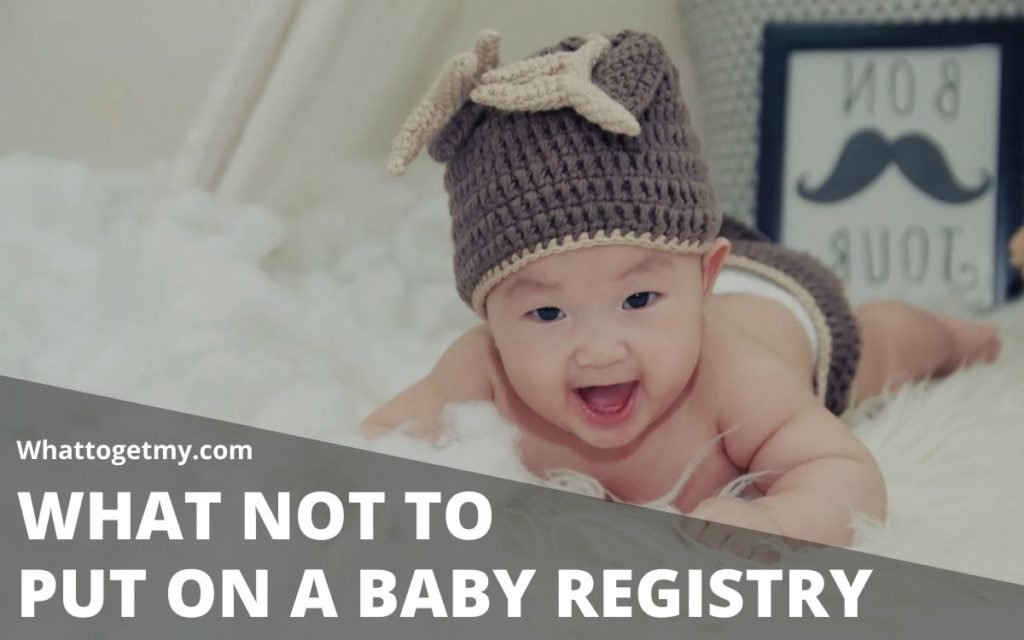4 Teenager Party Themes Mistakes (And What to Do Instead)
Planning a party for a teenager can feel like walking a tightrope—you want it to be epic, but you also desperately want them to actually like it. If you’ve ever thrown a celebration that fell flat, you’re not alone. We all make mistakes when brainstorming party ideas, especially when trying to balance budget, teen trends, and venue limitations. Often, these slip-ups happen because we either overthink the theme or completely misunderstand what the teens actually find cool right now.
This guide is here to help you diagnose those common pitfalls so you can pivot toward a genuinely successful celebration, whether it’s a massive bash or cozy teenager party themes at home. Let’s dive into the four biggest mistakes people make when selecting and executing their theme.
Mistake #1: Choosing a Theme That’s Too Generic (or Too Dated)
This is perhaps the most common stumble. You think, "Let's do a 'Fun Party!'" or you pull out a theme you loved when you were 16.
The Pitfall Explained
What the Mistake Is: Selecting themes like "Luau," "Glow Party," or "Hollywood Night" without adding a specific, modern twist. Teens crave specificity and irony; a generic theme feels like homework.
Why People Make It: Parents often default to themes they know or that seem easy to decorate for. They focus on what’s accessible rather than what’s current.
The Consequence: Low engagement. If the theme doesn't immediately translate into great photo opportunities or unique activities, teens will quickly revert to just standing around on their phones.
The Solution: Embrace Hyper-Specific Niche Themes
Instead of "Hollywood Night," try "A Night at the Met Gala: Camp Edition" or "Wes Anderson Film Aesthetic." These specific vibes give teens a clear direction for outfits and atmosphere.
What to Do Instead:
- Ask Them (Subtly): Instead of asking, "What theme do you want?" ask, "If you could instantly transport yourself into one movie/era/aesthetic right now, what would it be?"
- Lean into Irony: Themes that are intentionally 'bad' but executed well (e.g., "Awkward Family Photo Booth") are often huge hits.
- Focus on Vibe, Not Object: Think mood. Is it "Moody Dark Academia" or "Vaporwave Sunset"?

Mistake #2: Overspending on Decorations That Aren't Visible
When you’re trying to create an immersive experience, it’s easy to blow the budget on detailed props that nobody notices in the dark or during the main activity.
The Pitfall Explained
What the Mistake Is: Investing heavily in elaborate, expensive decorations intended to cover every square inch of the venue, often neglecting the elements that actually drive interaction.
Why People Make It: The desire to create a Pinterest-perfect vision, often forgetting that teens are more interested in the activity than the backdrop. This is especially true if you are working with small space party layout ideas where clutter is an issue.
The Consequence: Budget burnout before the food even arrives, or worse, a beautifully decorated room where everyone is bored. You might have spent a fortune on tablecloths when you could have put that money toward better entertainment.
The Solution: Prioritize Lighting and Focal Points
The secret to cheap party decorations that look expensive is strategic lighting and one or two show-stopping focal points.
What to Do Instead:
- Invest in Light: Colored LED strip lights, blacklights, or string lights transform a space instantly, regardless of the theme. They are far more effective than buying 50 paper lanterns.
- Create Photo Zones: Designate one area as the main photo backdrop. Make this area incredible (think a balloon arch or a themed selfie station), and let the rest of the room be functional.
- DIY Game Focus: If your theme is a mystery, focus your budget on making the interactive murder mystery party kits look professional, rather than over-decorating the kitchen.
Mistake #3: Choosing a Theme That Requires Too Much Active Participation
Teenagers are social butterflies, but they are also experts at standing awkwardly on the periphery if the required participation level feels too high or too forced.

The Pitfall Explained
What the Mistake Is: Selecting a theme that demands everyone immediately jump into a complex activity, like a highly structured costume contest or a rigid, multi-hour performance piece.
Why People Make It: Adults often confuse "interactive" with "structured." We think forcing everyone to participate in a structured game is good fun, but teens prefer organic interaction.
The Consequence: The shy kids retreat, and the outgoing kids take over, leaving a large segment of the group feeling excluded or pressured. This is a common issue when looking at diy party games for adults and trying to scale them down—they often require too much upfront commitment.
The Solution: Offer 'Opt-In' Engagement Stations
The best themes provide structure that guests can engage with at their own pace.
What to Do Instead:
- Themed Stations: If you’re doing a "Spooky Cocktail Party" (even with mocktails), set up a "Potions Bar" where they can mix ingredients themselves. It's interactive without being mandatory.
- Background Activities: If you are planning low-cost birthday themes, offer a station like a themed craft corner (e.g., customizing cheap t-shirts for a "Band Merch" theme) that guests can drift into when they need a break from socializing.
- Low-Pressure Games: Have virtual party game ideas ready to transition to if the energy dips, or keep physical games simple, like a collaborative playlist building session.
Mistake #4: Ignoring the Venue Limitations
This mistake often arises when parents are trying to plan a theme that is better suited for a large venue, but they are hosting in a standard living room.
The Pitfall Explained
What the Mistake Is: Selecting a theme that requires significant space, complex setup, or external logistics (like outdoor fire pits or specialized sound systems) when the party is confined to a home environment.
Why People Make It: Wishful thinking! You see amazing elegant dinner party themes online and think, "We can make that work," forgetting that 20 teenagers need room to move, eat, and breathe.

The Consequence: Stress for the host trying to cram too much in, and a chaotic, uncomfortable environment for the guests. A grand "Casino Night" theme feels cramped if you can’t fit the tables.
The Solution: Scale the Theme to the Space
A successful theme adapts to the reality of the location. A small space is perfect for intimacy, not sprawling activity zones.
What to Do Instead:
- Focus Inward: If space is tight, focus on atmosphere—music, lighting, and personalized touches. This works beautifully for themes like a "Cozy Book Nook Sleepover" or a "Speakeasy Vibe."
- Utilize Vertical Space: Draw the eye up with decorations instead of spreading them out horizontally.
- Consider Alternatives: If your dream theme is too big, pivot to a smaller, related concept. Instead of a full "Masquerade Ball," try a "Mysterious Mask Decorating Station" that doubles as a centerpiece and activity. This keeps the high-concept feel without the space requirement.
Prevention Strategies: Your Ultimate Safety Net
Avoiding these common theme traps comes down to planning smart, not just planning hard. Use these strategies to lock in a successful party, whether you’re planning a small get-together or a larger event (even if you’re researching retirement party themes for men for a sibling later on!).
- Create a Theme Vetting Process: Before committing, run your top three low-cost birthday themes past your teen. Ask: "Which of these would give you the best content for your story?" That’s their metric for success.
- Leverage a Free Planning Checklist: Don’t reinvent the wheel. Use a free party planning checklist to track budget allocation. If the decoration budget exceeds the food budget, you’re likely heading toward Mistake #2.
- Budget for the "Wow" Moment: Allocate 15% of your total budget for one single, theme-defining element—a signature mocktail, a custom playlist, or the main photo backdrop. Everything else should be practical and simple.
Conclusion: Confidence in Your Theme Choice
Planning a teenager’s party can feel daunting because the stakes seem incredibly high. Remember that while the theme sets the stage, the vibe is what they remember. By avoiding the trap of generic ideas, overspending on invisible decor, forcing awkward participation, or ignoring venue constraints, you are already miles ahead.
You have the tools now to diagnose your plan and pivot to something engaging and authentic. Whether you land on a complex, elegant dinner party themes aesthetic scaled down for teens, or a simple last minute party planning guide pivot, focus on creating an environment where they feel comfortable being themselves. Go forth and plan a celebration they’ll actually talk about!



